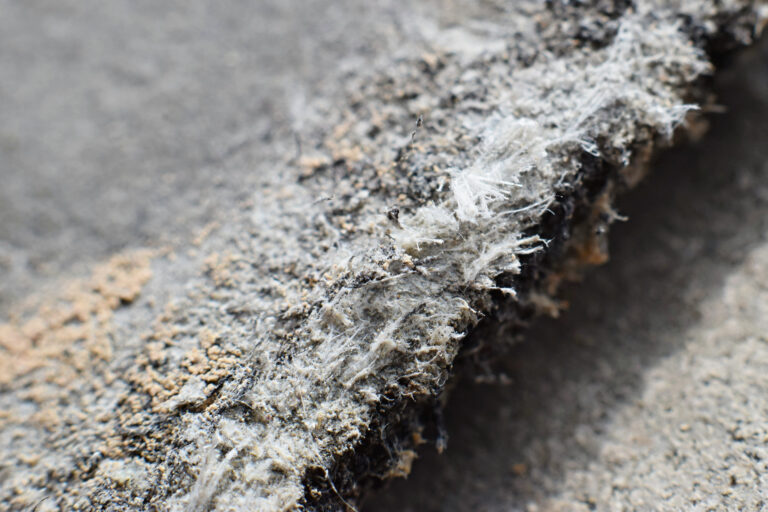
Materials that contain asbestos are not harmful until they are disturbed or damaged. Once disturbed, the fibres are released into the air and can be very harmful. When the asbestos fibres are inhaled, they can create serious health issues in the future. Asbestos-related illnesses do not occur immediately; the symptoms often take a long time to develop but once diagnosed, it is too late to do anything.
Therefore, it is important that you protect yourself because asbestos is responsible for killing over 5000 workers every year. More people are killed by asbestos than people killed on the road.
Jobs involving asbestos
Throughout the 1980s and 1990s, many jobs in the construction industry, shipbuilding industry and other trade-related businesses used high amount of asbestos-related materials frequently. Many of the parts that were being loaded onto ships involved asbestos and when asbestos is disturbed or damaged it remains airborne, meaning anyone can inhale it unknowingly.
Construction jobs, electricians, carpenters, roofers, plasterers, painters, and decorators were all exposed to high amounts of asbestos on a regular basis.
When was asbestos banned?
Asbestos was eventually banned on August 24th, 1999, a month before the EU (European Union) banned Chrysolite (white asbestos).
The law was then put into place on November 24th, 1999, just 3 months after the initial ban. This meant products containing chrysolite were allowed to remain in place until the end of their life and using asbestos-related items like insulation was prohibited.
In previous years, amosite (brown asbestos) and crocidolite (blue asbestos) were banned in 1985. Chrysolite was the only type available until its ban in 1999. This meant the importation of crude fibre, powder, flake, and waste chrysolite was forbidden. This also indicated that second-hand products containing asbestos were prohibited. Asbestos cement, boards and panels were also banned.
Before 1999 many people did not know the consequences high amounts of asbestos can cause.
What is Pleural thickening?
Pleural thickening is a problem that happens after asbestos exposure. The lining of the lung (pleura) proceeds to thicken and swell. This can also cause the lung to squeeze, shortness of breath, chest pains to occur, and extreme discomfort.
What is Mesothelioma?
Mesothelioma is a type of cancer that develops in the body over time. An average of 8 out 10 people that have asbestos-related problems are caused by high exposure to asbestos. When asbestos fibres are inhaled, they pass through small air passages and cause scarring and inflammation.
Asbestosis
Asbestosis is a harmful scarring condition that occurs on your lungs after high exposure to asbestos over many years. Over time this can cause health problems like shortness of breath and in some cases, will be fatal.
The Symptoms of Asbestos…
Shortness of Breath – When asbestos fibres are inhaled, they can harm your lungs and cause scarred tissue to form in your lungs. The scarred tissue makes it difficult to breathe and is often the first sign of asbestos-associated illness.
Swollen Fingertips – In numerous cases involving Asbestosis, the common problem the person will likely suffer from is swollen fingertips. The fingertips will appear broader and rounder, this is how many people spot if they are suffering from an asbestos-related problem.
Fatigue – Extreme tiredness can also be a sign, but this is combined with other symptoms like shortness of breath, and swollen fingertips.
Wheezing – Is caused by inflammation in the lungs. This creates a whistling sound, especially with a deep breath. This is also a symptom of an asbestos-related illness but, would only be considered an asbestos-related health problem if matched with the previous symptoms.
Persistent Dry Cough – An effect of an asbestos-related problem that can remain undetected for a long time even after exposure, is a persistent cough. The cough can appear randomly and not go; this suggests it can be an asbestos-related problem when matched with all the previous health conditions. Asbestos can develop over a long time and persistent coughing is frequently linked to scarred tissue in the lungs.
If you think you have been exposed to Asbestos in the past and or feel as if you are experiencing asbestos-related symptoms mentioned above, it is important to let your GP know.



























